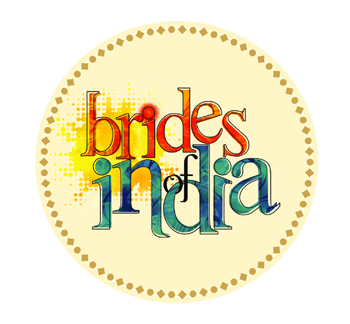-
Home2023 EditionEditionEditionCelebration brideCelebration BrideRoyal bride5Fashion brideFashion Bride


Gupta Dynasty
- HOME
- Royal Wedding
- Gupta Dynasty
BackRituals
It is an age when many of Hindu rituals which we see today originated. Started in the vedic and manusmriti age, many of these rituals are deep rooted into Indian social psyche and have been influencing the way people get married in the country. Here we describe some of the major rituals of that time.
Panigrahana is a ritual of holding the hand of the bride by the bridegroom in the presence of fire and going round the fire by both. The first part is a promise that both together will lead a happy life and the god fire is considered a witness of this promise on part of both. The second ritual represents that the bride belonged to fire god before marriage and is offered to the bridegroom by fire god himself.
In a ritual called Saptapadi , the husband and wife together walked 7 steps. This ritual signifies that husband and wife promised in the presence of fire god that both will act in their married life after consulting each other.
Laja-homa or the offering of oblation of parched rice into fire signified the power of reproduction, a long life with prosperity. During the marriage, the newly married couple looking at some stars as dhruva, arundhati and saptarsi represented the constant love for each other throughout their lives.
During those days, the male and women communities are believed to wear the following types of ornaments during the age. Pearls, twisted wire, beaten work and filigree work evolved as part of jewellery design in the Gupta Age. Flowers were also used as ornamentation for the hair, neck or waist.
Earrings were known as kundala and came in two types: either as hoops, or studs known as karnaphul, which were either plain or decorated. The woman of those days also wear Hemasutra, a chain made of gold with precious stones in the centre.
Used to refer to pearl necklaces, muktavali had different versions. A single strand of small pearls is called Haravsti, a chain of big pearls Tarahara and a chain with a gemstone in the center of the pearl is called a Sudha Ekavali. A mekhala or girdle is a waistbelt or a string of beads clasped at the centre, usually worn low on the hips by women.
Anklets or nupura have small bells attached so that they tinkle when the wearer moved – such anklets are called kinkini, or maninupura if the design included jewelled beads.
Used to adorn the hair by women from the Gujarat region in the Gupta period, circa 4th-5th century AD,hair ringsare of finely braided gold wire with an intricate twist pattern and three conical projections. Another design is a bezel plate of openwork checkerboard.
Useful Links Scheme Payment(India only)
Make an Appointment Build your Custom Jewellery Smart Buy Offers New Arrivals Exclusive CollectionCustomer ServiceMalabar Gold & Diamonds
402, Valecha Chambers, Plot No. B-6,
New Link Road, Opp. Infinity Mall,
Andheri (W) ,
Mumbai - 400053. +91 22 62300916 care.in@malabargoldanddiamonds.com













